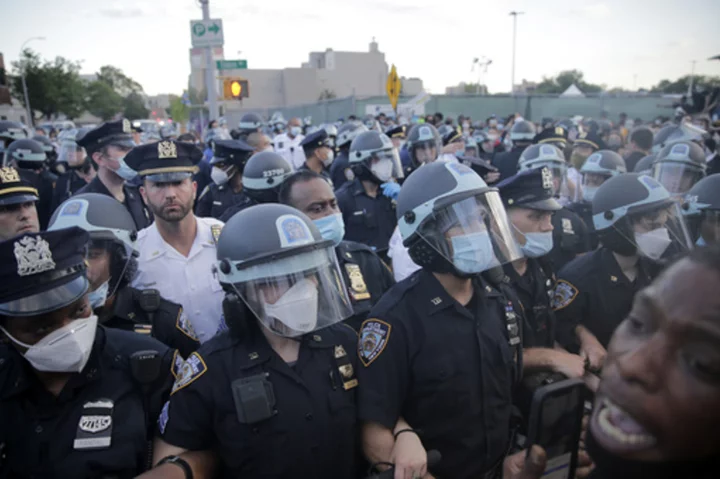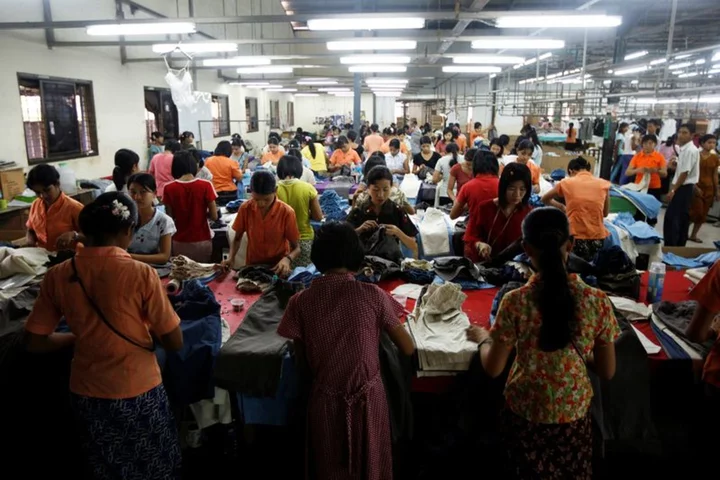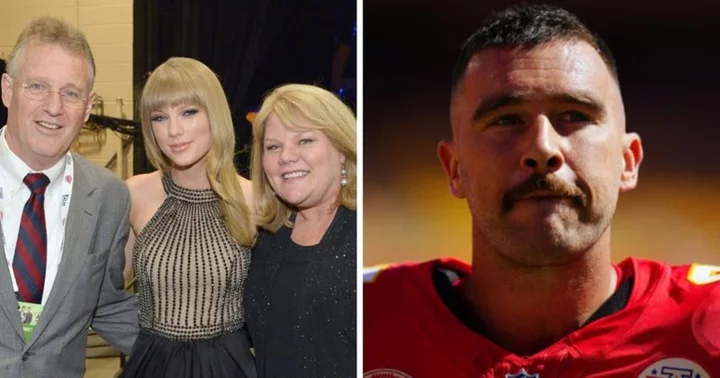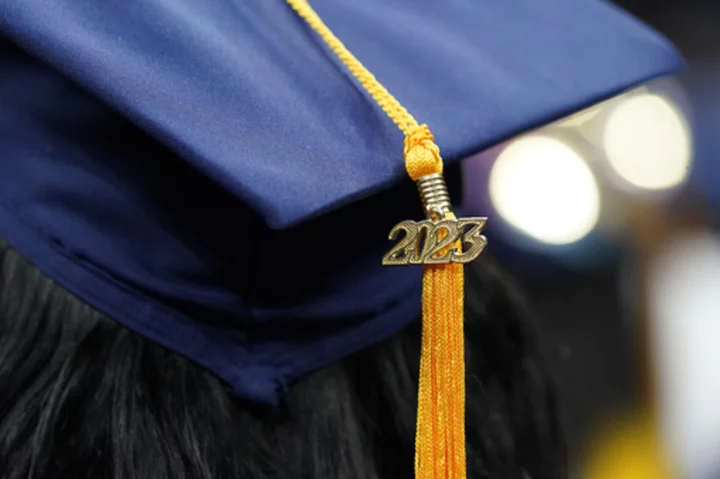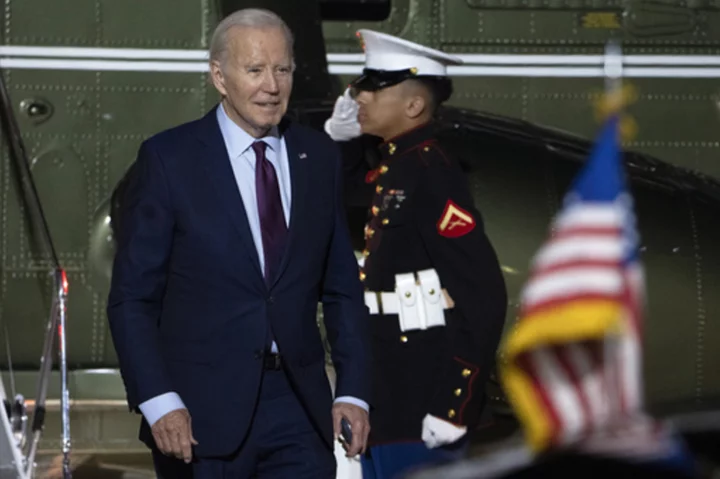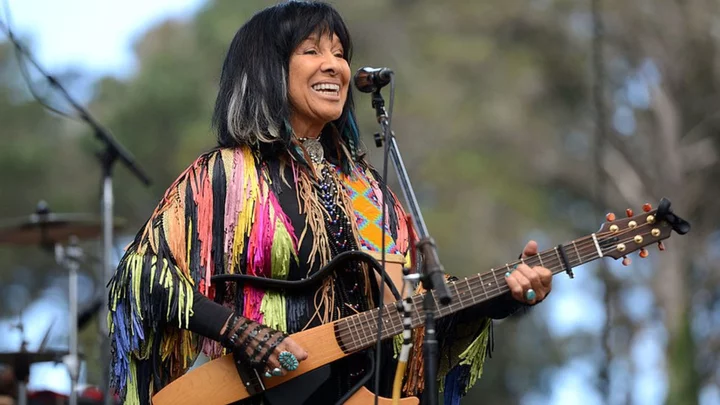NEW YORK (AP) — New York City’s police department has agreed to adopt new policies intended to safeguard the rights of protesters as part of a legal settlement stemming from its response to the Black Lives Matter demonstrations in 2020.
The 44-page agreement, filed Tuesday in Manhattan federal court, requires the nation’s largest police department to deploy fewer officers to most public protests. It creates a tiered system of protest response that prioritizes deescalation, while banning the NYPD's practice of kettling, a controversial tactic that involves trapping and arresting large groups of demonstrators.
The proposed changes must still be approved by a federal judge. But the agreement signals a likely resolution in the lawsuit filed by New York State Attorney General Letitia James in 2021, which detailed a pattern of civil rights violations committed by police as protests swept through the city following George Floyd’s death in May 2020.
“Too often peaceful protesters have been met with force that has harmed innocent New Yorkers simply trying to exercise their rights,” James said in a statement. “Today’s agreement will meaningfully change how the NYPD engages with and responds to public demonstrations in New York City.”
In a video statement, Mayor Eric Adams, a former police captain, said the settlement struck an appropriate balance to “ensure that we are both protecting public safety and respecting protesters’ First Amendment rights.”
The protests in 2020 gave way to chaotic street battles as riot police aggressively tried to quell demonstrations — both peaceful and unruly — with batons, pepper-spray and their own vehicles. Some protesters set police vehicles on fire and hurled bottles at officers. At multiple locations across the city, nonviolent demonstrators were penned in by police without provocation, leading to hundreds of arrests for low-level misdemeanors, such as disorderly conduct or blocking traffic.
Under the tiered enforcement approach, police commanders will designate protests as one of four tiers, with higher levels of mobilization coming in response to direct threats to public safety or critical infrastructure. Under the lower-tier response, the default for most protests, the NYPD must accommodate street demonstrations, including those that obstruct traffic.
The Strategic Response Group, a heavily armored police unit specializing in crowd control, may not be deployed until a police commander authorizes a tier three mobilization, based on certain offenses committed by protest attendees. Otherwise, the NYPD is expected to rely on community affairs officers trained in deescalation tactics.
“The NYPD has historically policed protests by sending as many as officers as they possibly can,” said Corey Stoughton, an attorney at the Legal Aid Society. “That kind of overwhelming force and presence that we saw in 2020, which escalated violence with protesters, is a thing of the past.”
The settlement also covers separate lawsuits brought by the Legal Aid Society, the New York Civil Liberties Union and other private attorneys, which were combined with the Attorney General’s lawsuit. Plaintiffs are expected to receive a monetary award, which has yet to be announced.
The settlement requires the city to pay $1.6 million to the state's Department of Investigation, which will help oversee the agreement with other parties, including police leaders and civil rights groups.
New York City has already agreed to pay at least $35 million for claims of police misconduct during the 2020 protests, including an estimated $10 million for people who were kettled during a demonstration in the South Bronx. More than 600 people have brought individual claims against the city, many of which are still pending.

